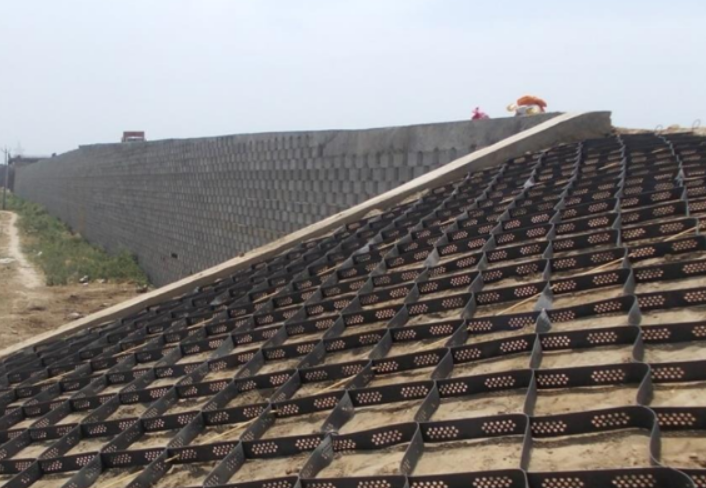What is soil separation? The soil separation removes the contaminated concentrates from soils, leaving behind soil that is much cleaner and considered safe. Soil separation is also known as soil fractionation. This process is essential in understanding the physical, chemical, and biological properties of soil. Types of soil separation methods Soil pollution poses many environmental… Continue reading Soil separation
Category: Glossary Term
Glossary Term
Soft soil embankment
Soft soil embankment: Definition, application, and design considerations An embankment is a raised soil mound with sloped sides constructed from varied materials, including granular, cohesive, or zoned materials. When such embankments are placed on soft soil, the embankment’s stability depends on the strength of the underlying ground. Soft soils—low in shear strength and high in… Continue reading Soft soil embankment
Slope stability
Meaning of slope stability The stability of slopes is very important in any construction on hilly grounds whether it is a road or railway, building foundation or a large dugout. It refers to the situation in which a slope remains intact without any failure or collapse. It is a critical aspect of geotechnical engineering, as… Continue reading Slope stability
Slope retention
What is slope retention: definition, types and importance in civil engineering Slope retention is the techniques and structures to stabilize and protect sloped terrains from soil erosion, structural failure, and aesthetic degradation. These systems are also known as anchored mesh systems. Slope retention improves aesthetics and promotes environmental sustainability using retaining structures, vegetation, and other… Continue reading Slope retention
Seam weld
Seam weld: definition, types, and importance in geocell Strong seams are essential in a geocell setup, whether it’s for reinforcement, erosion control, or soil confinement. Because the quality of connections between geosynthetic materials directly affects long-term performance. When welds are consistent and tested, the geocell structure stays stable and durable. At Strata Geosystems, we treat… Continue reading Seam weld
Sand embankments
In civil engineering, embankments significantly stabilize structures where natural topography does not meet the standards. Materials like soil, sand, and stones are used to raise the levels of railway lines, dams and roads above the ground. Sand has engineering properties of drainage and compaction and it has good strength and permeability making it ideal for… Continue reading Sand embankments
Rigid pavement
What is rigid pavement? Rigid pavements are constructed by placing an in-situ Portland cement concrete slab—either reinforced or unreinforced—over a prepared granular subbase. The concrete slab distributes traffic loads over a wide area of the subgrade through its flexural rigidity and strength. Unlike flexible pavements, which depend on layer strength and flexibility, rigid pavements act… Continue reading Rigid pavement
Retaining walls
What is a retaining wall? A retaining wall is a structure that checks soil eroding and sliding. It may be used to control runoff and prevent flooding. The choice of materials like masonry, wood, or concrete for retaining walls depends on the design requirements and site limitations. What is the purpose of retaining walls? They… Continue reading Retaining walls
Reinforcement
What is reinforcement in civil engineering? Reinforcement in civil engineering means to add additional materials such as steel, fabrics, or geosynthetics products to concrete or other such construction materials to improve the overall strength and durability of the foundation. In a layman language, reinforcement means incorporating these substances to improve the structural aspects of constructions… Continue reading Reinforcement
Reinforced soil wall
Reinforced soil walls (RSWs), known as mechanically stabilized earth (MSE) walls, are structures that mix soil with reinforcement materials for better stability in civil engineering. RSWs are used as they resist lateral soil pressure from granular materials and/or earth fills. They offer a cost-effective solution and excel in the complex design of high structures at… Continue reading Reinforced soil wall


